WASHINGTON, D.C. – U.S. Senator Rand Paul today released the latest edition to ‘The Waste Report,’ an ongoing project cataloguing egregious examples of waste within the U.S. government. The latest edition exposes the federal government spending $15 million each year to fund the Center for Advancement of Science in Space, an organization that allows a golf club maker to do research in space.
‘The Waste Report’ can be found HERE or below.
When Allen Shepard first proposed hitting a golf ball on the moon as part of the Apollo 14 mission, NASA said it was, “far too frivolous.”[1] They eventually backed down; but like landing on the moon, the sentiment that golf in space is frivolous seems to have faded from memory. This may explain why last year, Cobra Puma Golf was able to do an experiment on the International Space Station (ISS).
So what kind of research does golf club maker do in space? According to Duane Ratliff, Director of Center for Advancement of Science in Space (CASIS), “[t]his is not research on a golf club,” but rather on how certain materials behave in zero gravity.[2] However, Crobra’s website tells a different story, saying research in space is, “allowing us to create the most technologically advanced golf products in the world… technologies that will enhance the performance of all golfers.”[3] Including Astronauts?
NASA Watch, a space industry watchdog, said of the project, “CASIS would rather go golfing than do actual ISS research.” But it seems “actual research” is hard to come by. CASIS’ 2014 Annual Report shows they received only 122 proposals for research.[4] Thus, with low competition for ISS for resources, golf equipment can make the cut.
CASIS, by the way, is a non-profit that NASA selected to facilitate outside research on the ISS. For their efforts, they get a $15 million grant each year from the federal government, but as the NASA Inspector General reports, and is affirmed in CASIS annual report, “[t]o date, CASIS has raised just $14,550 in cash [from outside contributors].”[5]
This all stems from the Obama Administration’s 2010 decision to end the Space Shuttle replacement program, Constellation which cost taxpayers $9 billion but never flew. In consolation, the ISS was designated a national lab, making it available for private research, and its life was extended to 2024, the year it was supposed to be deorbited this year.[6] And, for those keeping score, NASA is asking for approximately $3 billion to fund the ISS just for the next year.[7] Meanwhile, U.S. astronauts, now accesses the ISS in seats purchased on the Russian Soyoz rocket, at a cost of as much as $70 million apiece.[8]
###
[1] Rose, M.L. Did Neil Armstrong Play Golf on the Moon?, Golfsmith-Golf Tips; Austin, TX
[2] Dean, James, A better golf club? Space may play a role in that. Florida Today; Florida, September 2014
[3] Space Is In It, Puma Cobra Golf, http://www.cobragolf.com/cobra-king-ltd
[4] Annual Report FY 2014, Center for the Advancement of Science in Space; Melbourne, FL; December 2014
[5] Extending the Operational Life of the International Space Station Until 2024, Inspector General-National Aeronautics and Space Administration; Washington, D.C. September 2014 Report number IG-14-031
[6] Matson, Jason, Phased Out: Obama’s NASA Budget Would Cancel Constellation Moon Program, Privatize Manned Launches; Armonk, NY February 2010
[7] FY 2016 PRESIDENT’S BUDGET REQUEST SUMMARY, National Aeronautics and Space Administration; Washington, D.C.; February 2015
[8] Extending the Operational Life of the International Space Station Until 2024, Inspector General-National Aeronautics and Space Administration; Washington, D.C. September 2014 Report number IG-14-031
